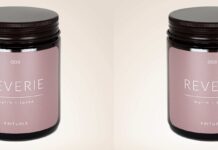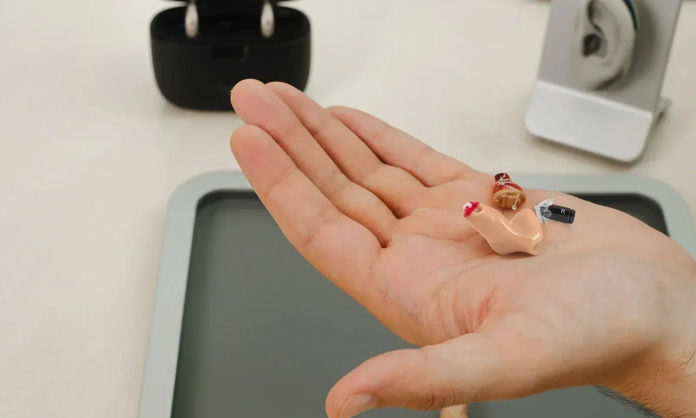For many people experiencing hearing loss, the idea of wearing a noticeable hearing aid can be a barrier to seeking help. Whether due to personal preference, professional image, or social comfort, appearance plays a role in hearing aid acceptance. That’s where nearly invisible hearing aids come in—modern devices designed to offer powerful sound enhancement in a discreet and often unnoticeable form.
Nearly invisible hearing aids are small, sleek, and custom-fitted to sit deep inside the ear canal or blend seamlessly behind the ear. Despite their size, they deliver impressive performance and often include advanced features like noise reduction, automatic volume control, and wireless connectivity. The goal is to make hearing aids that work quietly in the background of life—improving sound clarity without drawing attention to themselves.
One of the most popular types of nearly invisible hearing aids is the completely-in-the-canal (CIC) model. These are custom-molded to fit deep inside the ear canal, making them hard to see from the outside. Even more discreet are invisible-in-the-canal (IIC) models, which sit even deeper and are virtually undetectable. These styles are especially popular among younger users and those who want the benefits of improved hearing without changing their appearance.
Behind-the-ear (BTE) hearing aids have also evolved significantly. Modern designs use thin tubes and smaller casings that tuck behind the ear and blend with skin tone or hair color. These are often referred to as receiver-in-canal (RIC) or mini BTE models and offer a good balance between invisibility, comfort, and functionality. They also accommodate more features and battery options than in-canal models, making them a popular choice for people who need a discreet but powerful solution.
Despite their size, nearly invisible hearing aids don’t sacrifice sound quality. Many models use directional microphones to enhance speech in noisy environments, adaptive technology to adjust to surroundings, and feedback suppression to eliminate whistling or echoing. Some even pair with smartphones or other devices via Bluetooth, allowing users to control settings or stream calls and music directly into their ears.
Comfort is another major benefit. Because they are custom-molded or ergonomically designed, these hearing aids fit securely and often become unnoticeable after a short adjustment period. They’re lightweight, minimally obtrusive, and designed for daily wear—making them suitable for work, exercise, or social activities.
That said, not all hearing loss is suitable for nearly invisible hearing aids. Individuals with more severe hearing loss may require a larger model with stronger amplification. Battery life may also be shorter due to the small size of the device, and people with dexterity issues might find them harder to insert or remove.
Still, for many people, the confidence gained from wearing a hearing aid that no one notices can make a world of difference. Nearly invisible hearing aids represent a blend of smart design and cutting-edge technology, offering a discreet solution to a common problem. For those ready to improve their hearing without changing how they look, these small devices deliver big results.





























